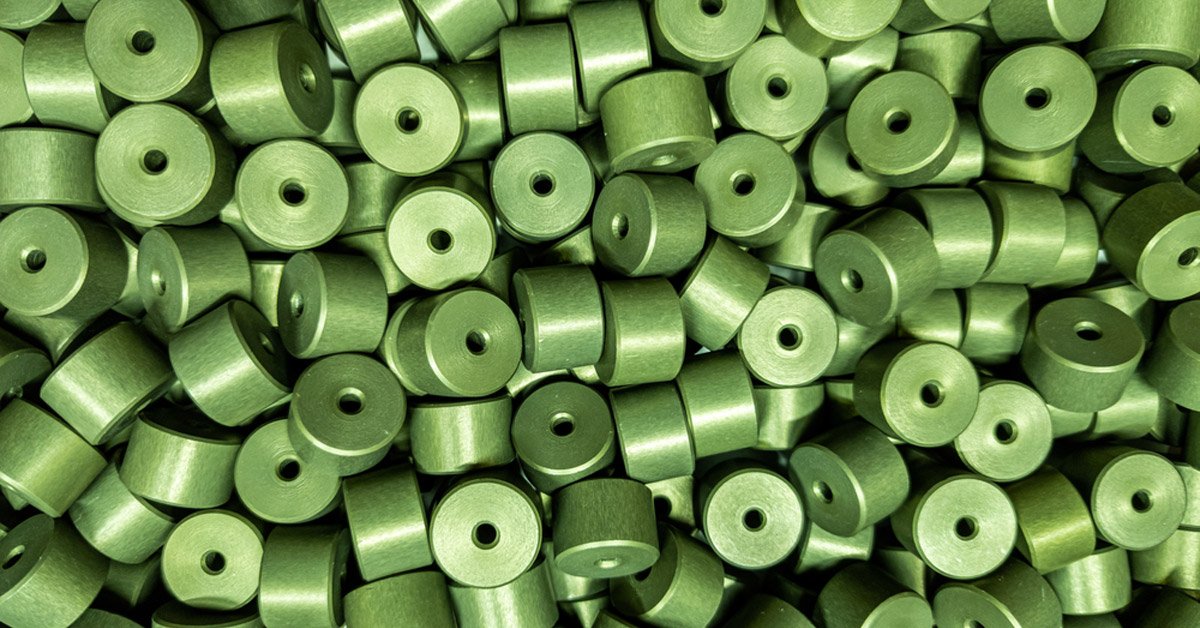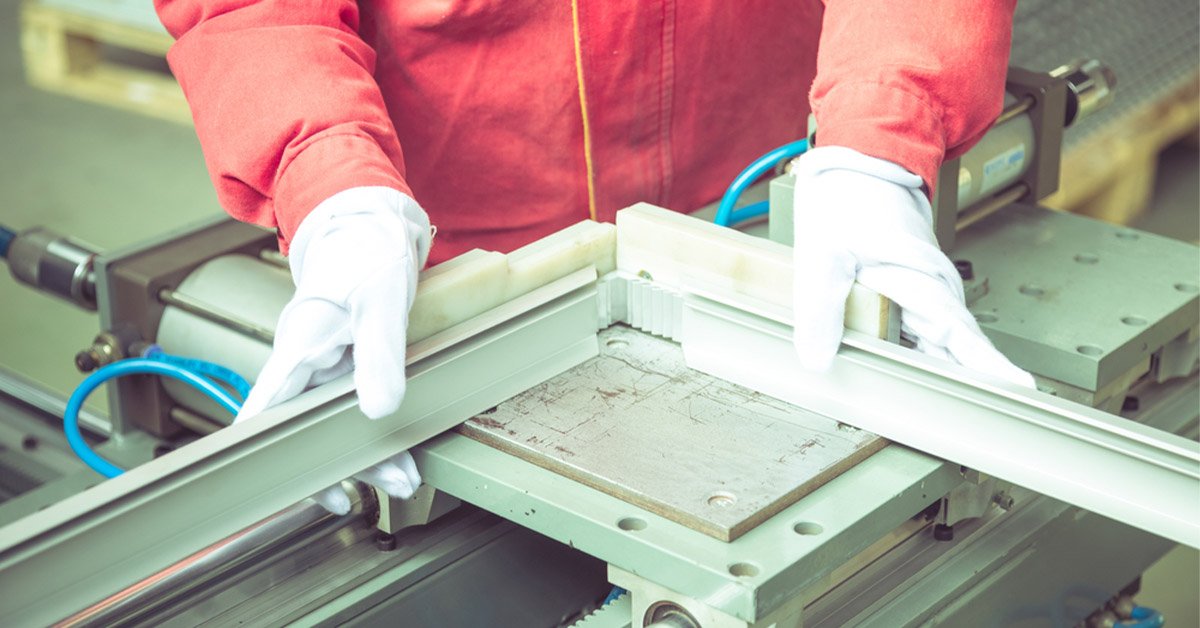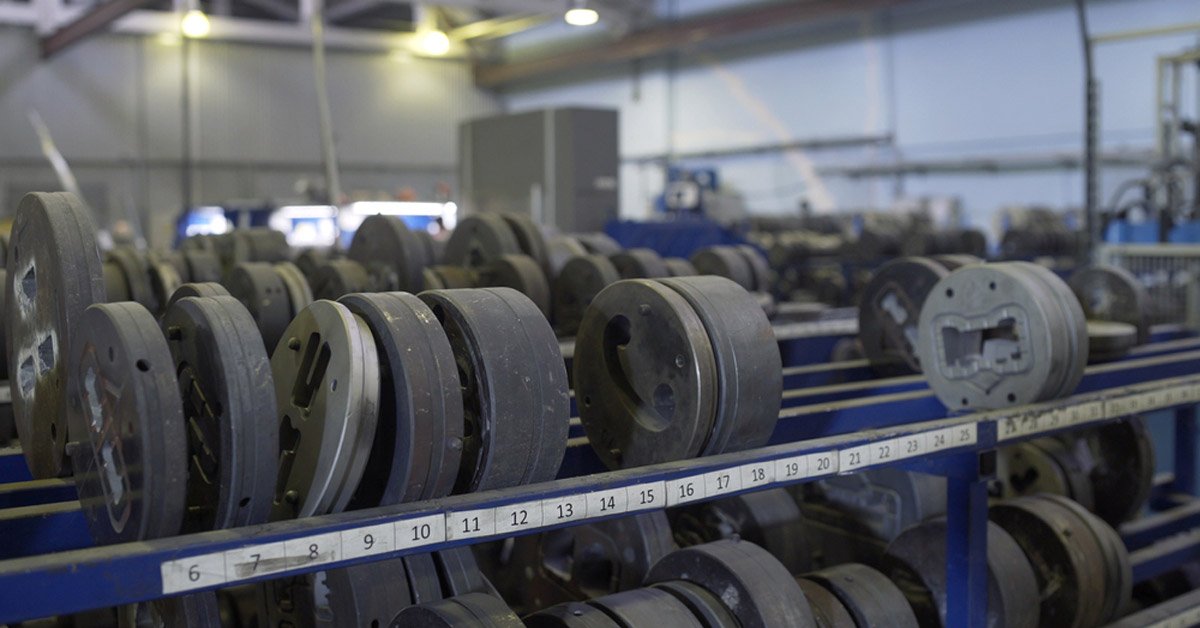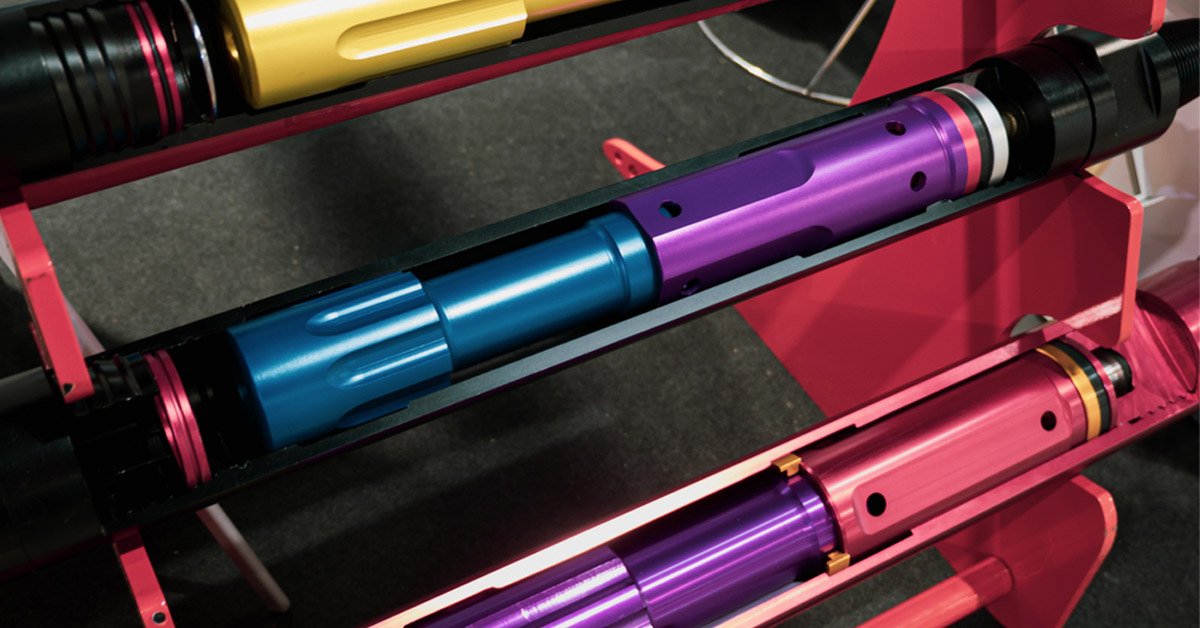The demand for high-performance materials has never been greater. Whether in the aerospace, automotive, or architectural industries, the need for materials that not only perform well but also stand the test of time is crucial. One such material that has gained immense popularity is anodized aluminium. The aluminium anodizing process transforms ordinary aluminium into a material that is not only stronger but also visually appealing, offering a combination of enhanced durability and an excellent finish.
This blog will explore the aluminium anodizing process, its benefits, and how it creates durable finishes that stand up to the toughest conditions.
What is Aluminium Anodizing?
The aluminium anodizing process is an electrochemical procedure that transforms the surface of aluminium by thickening its natural oxide layer. This oxide layer is not only tougher than the base metal but also integrates directly with the metal, which means it won’t peel off like traditional paint or coatings. The result is a surface that is significantly more durable and corrosion-resistant.
This process begins with cleaning and etching the aluminium, followed by immersion in an acid electrolyte solution. The metal then undergoes an electrical charge that causes oxygen to bond with its surface, forming a dense, protective oxide coating. This coating can be further treated with dyes or other finishing processes to achieve the desired look and functionality. The outcome is anodized aluminium, which is highly durable, resistant to wear and tear, and has a beautifully consistent finish.
The Aluminium Anodizing Process Explained
- Preparation: Cleaning and Etching The first step in the aluminium anodizing process involves thoroughly cleaning the aluminium to remove oils, dirt, and any surface contaminants. The metal is then etched, which gives it a uniform surface texture and removes any oxidation that may have naturally occurred.
- Electrolytic Oxidation Next, the aluminium is immersed in an acidic electrolyte bath, typically sulfuric acid. An electrical current is passed through the solution, causing the aluminium to oxidize. This creates the oxide layer, which is actually a part of the metal itself, unlike conventional coatings that are applied on top of the surface.
- Sealing After the anodizing process is complete, the aluminium is subjected to a sealing treatment. This step is crucial as it ensures the oxide layer is fully hydrated and sealed, making it more resistant to corrosion and wear. The sealing process also helps lock in any dyes or colors, making the finish more vibrant and long-lasting.
- Dyeing (Optional) One of the distinct advantages of the aluminium anodizing process is that it allows for dyeing. Since the anodized surface is porous, it can absorb dyes, allowing for a wide range of color finishes. This is particularly valuable in industries like architecture or consumer electronics, where both durability and aesthetic appeal are essential.
- Post-Treatment (Optional) The final step in the process may involve additional treatments such as polishing, brushing, or mechanical finishing to give the anodized aluminium its final appearance. This stage further enhances the durable finishes and can provide a variety of textures or sheens based on the needs of the application.
The Benefits of Anodized Aluminium
The anodized aluminium benefits extend far beyond its enhanced appearance. The anodizing process brings several advantages to the table, making it the material of choice in various industries.
- Increased Durability One of the most significant benefits of anodized aluminium is its durability. The thick oxide layer that forms during anodizing significantly improves the metal’s resistance to wear, corrosion, and environmental factors. This makes anodized aluminium a perfect choice for products exposed to harsh conditions, such as in the aerospace or automotive industries.
- Corrosion Resistance The oxide coating formed during the aluminium anodizing process provides a natural, impervious barrier to the elements. Whether it’s exposure to saltwater, UV rays, or extreme temperatures, anodized aluminium will resist corrosion and maintain its integrity far longer than untreated aluminium.
- Improved Aesthetic Appeal The ability to dye anodized aluminium gives it a wide range of potential colors, making it not just a functional material but also a highly aesthetic one. Anodized aluminium is frequently used in applications where both beauty and durability are needed, such as in architectural facades, kitchenware, and consumer electronics.
- Environmentally Friendly The aluminium anodizing process is eco-friendly compared to many other metal finishing techniques. The process produces no harmful byproducts, and anodized aluminium itself is fully recyclable. This makes it a sustainable choice for environmentally-conscious industries.
- Low Maintenance The durable finishes created by anodizing require minimal maintenance. The hard oxide layer prevents scratches and dents, and the surface is resistant to staining, making it easy to clean and maintain over time. This reduces the need for costly repairs or replacements.
Why Choose Anodized Aluminium for Durable Finishes?
The aluminium anodizing process offers some of the best durable finishes available for metal products. Its ability to resist corrosion, wear, and fading makes it an ideal choice for a wide range of applications. Whether you’re creating parts for machinery, architectural designs, or consumer products, anodized aluminium provides a finish that lasts.
In industries like automotive or aerospace, where the performance and longevity of materials are paramount, the aluminium anodizing process ensures that parts remain functional and attractive for years. Additionally, the anodized aluminium benefits include improved thermal and electrical insulation, making it useful in a variety of engineering applications.
Applications of Anodized Aluminium
The aluminium anodizing process is versatile and applicable in many industries. Here are just a few examples:
- Aerospace: Aircraft components benefit from the corrosion resistance and strength provided by anodized aluminium.
- Automotive: Car manufacturers use anodized aluminium for engine parts, trim, and wheels for enhanced performance and visual appeal.
- Architecture: Building facades, window frames, and structural components often feature anodized aluminium to withstand weather conditions while maintaining an elegant appearance.
- Consumer Electronics: Many high-end gadgets, like smartphones and laptops, use anodized aluminium for a sleek look and added protection against wear and tear.
The aluminium anodizing process is a powerful tool for enhancing the durability and finish of aluminium. Not only does it provide exceptional corrosion resistance, but it also creates durable finishes that are both functional and aesthetically pleasing. Whether you’re looking for a material that can withstand the harshest conditions or simply want a product that maintains its appearance over time, anodized aluminium is the ultimate choice.
By opting for anodized aluminium, manufacturers can ensure that their products not only perform well but also look good for years to come, offering the perfect balance of durability, versatility, and style.




